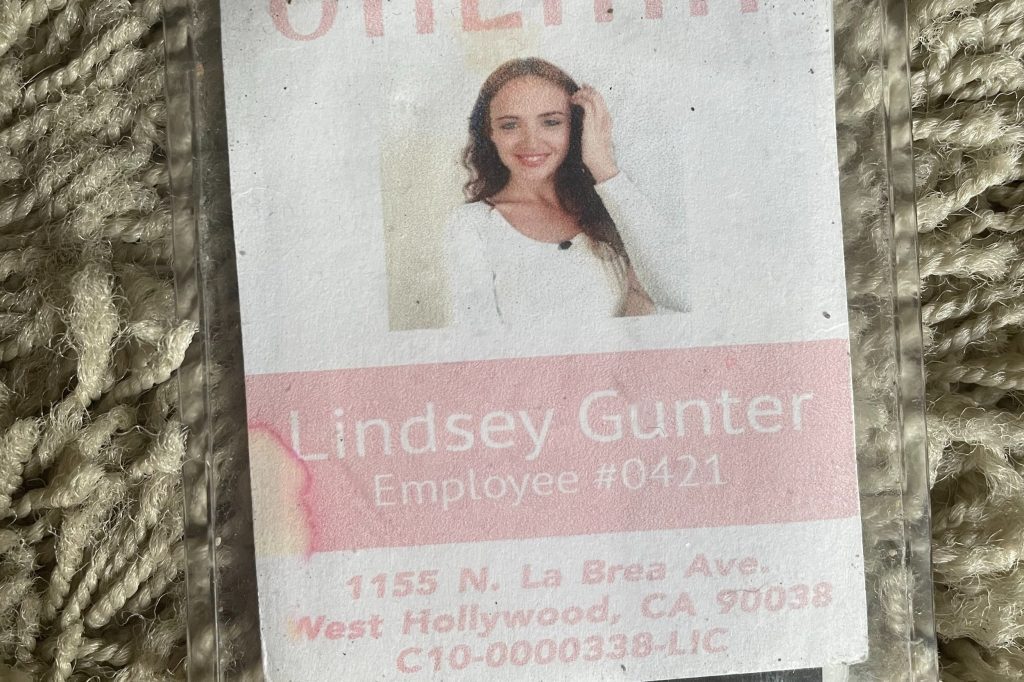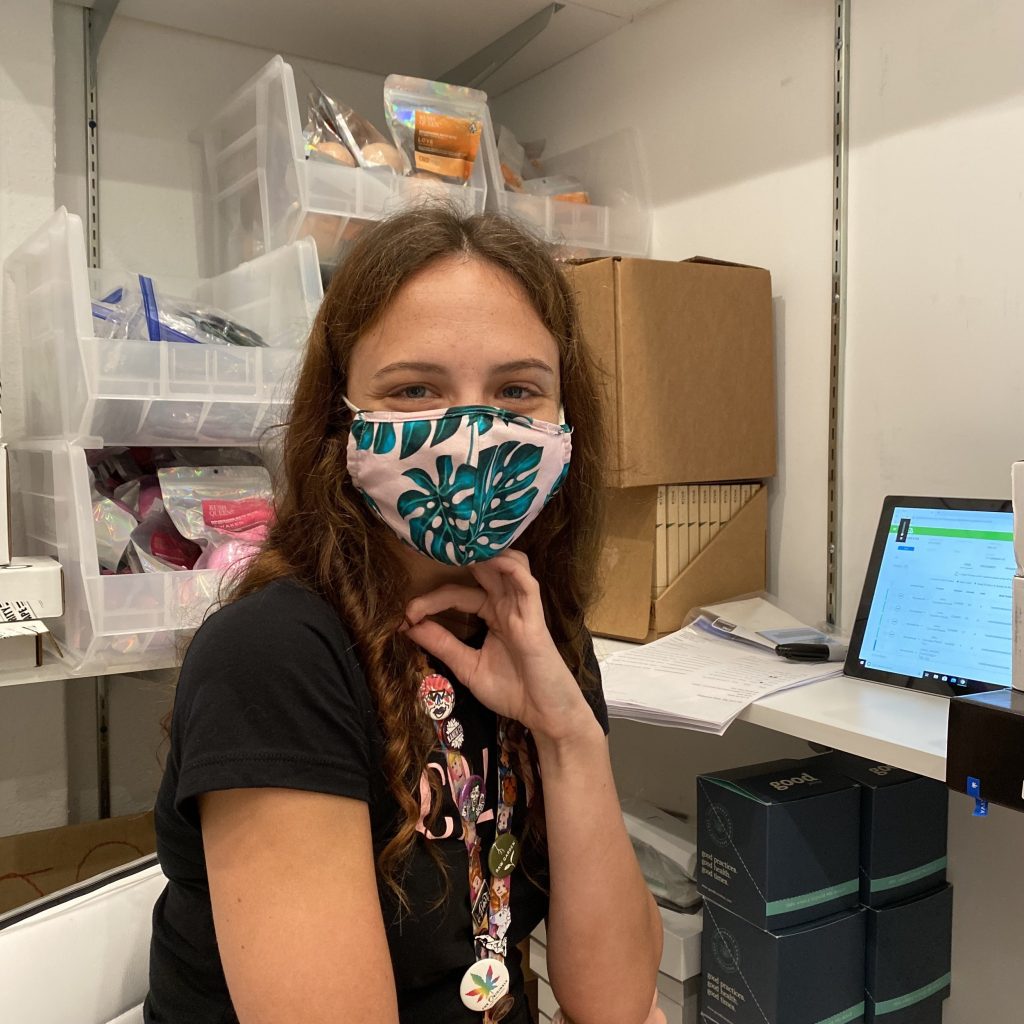Unqualified Leaders and the Challenges of Cannabis Retail
In the cannabis industry, unqualified individuals often end up in critical roles. At Pink Dispensary, I saw people unwilling to ask for help or delegate tasks, creating unnecessary strain and high turnover. Unlike Red, where solving problems took precedence over ego, Pink seemed to prioritize loyalty over merit. In an industry as volatile as cannabis, this approach only heightens challenges.
Building Pink Dispensary Amidst a Pandemic and Civil Unrest
Pink’s journey was rocky from the start. Construction delays, the unfolding COVID-19 pandemic, and the civil rights movement following George Floyd’s death created obstacles at every turn. With only the owner’s assistant and me on the team initially, tasks often shifted based on our boss’s mood, adding stress to an already chaotic environment.
Then came the racism—a constant issue that poisoned Pink’s work culture. Ownership’s insensitive ideas, like the “midget mariachi” gift bag delivery, underscored their ignorance during a period of national reflection on racial injustice. The lack of empathy became a recurring theme, contributing to a toxic workplace.
 Unjust Labor Practices
Unjust Labor Practices
Working at Pink meant tracking and justifying my hours with annotated evidence each week. Explaining why I deserved to be paid was draining and unfair, making each paycheck feel like a battle. On one payday, ownership advised us to withdraw $3,000 “just in case,” oblivious to the fact that most employees couldn’t afford such a precaution.
A Botched Grand Opening
We had planned for a grand opening on 4/20/2020, but the pandemic and the George Floyd protests disrupted everything. Ownership insisted on boarding up our prominent display windows out of fear of “looting,” yet refused to show solidarity with the community by displaying “BLM” on the plywood. I realized that their lack of support for social justice went beyond indifference—they simply didn’t care unless it boosted sales.
Struggles with Customer Service
As we approached opening, I focused on training the team and preparing the store. Dispensary customer service proved challenging, with customers often mistreating staff. I witnessed everything from verbal abuse to customers groping budtenders, consuming products on-site, and harassing employees after hours. Despite the luxury aesthetic, many customers showed little respect.
Pink faced issues with sun damage to products, theft, and excess inventory. I suggested solutions like tinted windows or customer limits, but ownership continually opted to do nothing. This disregard for problem-solving felt counterproductive, especially given my experience at Red, where proactive strategies drove success. It was frustrating to watch Pink’s management perpetuate issues rather than address them.
Internal Conflict and Turnover
Behind the scenes, office drama worsened as the buyer and the owner’s assistant clashed. The owner’s assistant essentially promoted herself to General Manager and resented the buyer’s influence. As tensions rose, the buying assistant left due to the toxic atmosphere. Attempts to bridge the gaps failed, and the toxicity continued to affect morale.
HR? More Like a Trash Can
Pink’s lack of HR support became apparent when the owner’s assistant mocked it by drawing a face on a trash can and labeling it “HR.” I often argued against unfair practices, like sending staff home last minute, but these pleas fell on deaf ears. Unlike Red, where employee well-being was prioritized, Pink’s management believed they could grow without giving back—a mentality doomed to fail.
A Dispensary in Decline
Pink Dispensary’s chaotic environment revealed a stark contrast between successful and mismanaged dispensaries. In Part 8, I’ll explore the do’s and don’ts of dispensary management and reveal the challenges that threaten to unravel the cannabis industry. Stay tuned for a closer look at the big “cookie monster” haunting dispensary operations.



